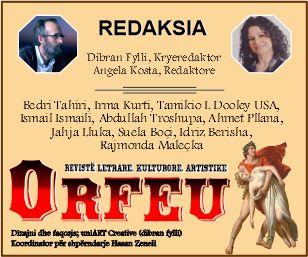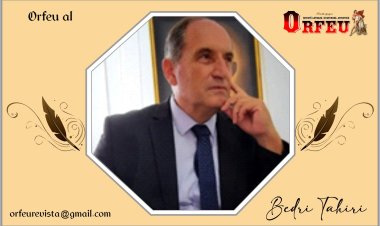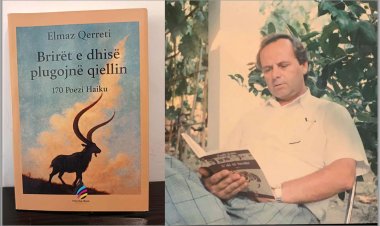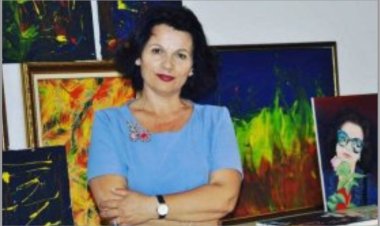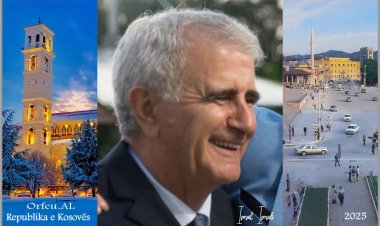Young Creators - Biography, Poems, prose, stories, journalism etc.
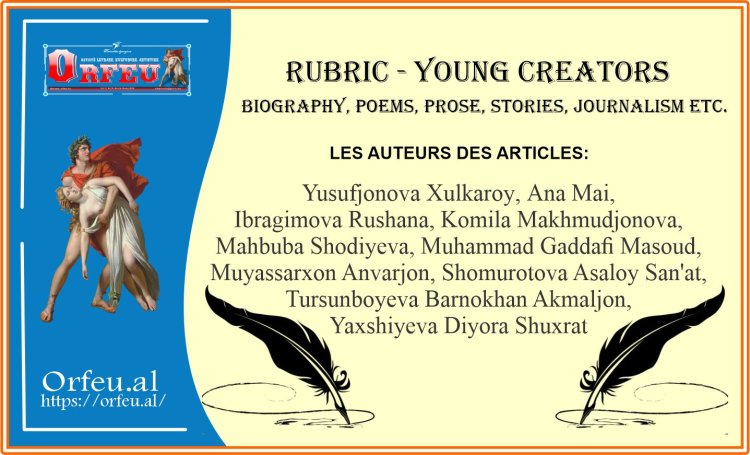
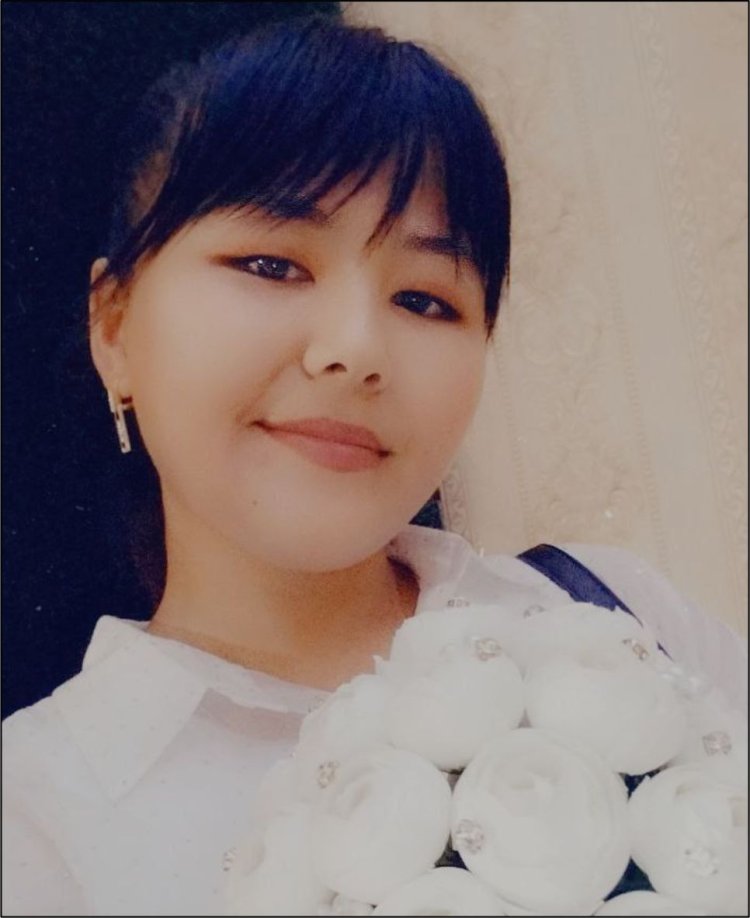
The affairs of the world are very interesting
The rich laugh at the poor
They seem to sense your power
Doomsday is near people.
Repent by praying
In Jainimaz, your sins are truly forgiven
Don't insult him by saying he's stupid
Doomsday is near people.
The question and answer begins now
Count your goodness
Two angels go to heaven
Doomsday is near people.
The answer to the question is difficult in the judgment
The rich will be the same as the poor
This is how the imaginary world is built
Doomsday is near people.
Maybe you will spread my poems into fairy tales
He says he will come back, you say precious
Not knowing who the two angels are
Doomsday is near people.
Kindness begins now
Our path is a dark place
We laugh and go to eternal sleep
Doomsday is near people.
We will go to the presence of God
Our reward will be counted
Who is in hell and who is in heaven
Doomsday is near people.
Yusufjonova Xulkaroy. She was born on March 22, 2004 in Uchkurgan district of Namangan region. Currently, he is a 4th-year student of the Faculty of English Philology of Namangan State University, majoring in foreign language and literature.


4th stage student
Teaching foreign languages has become an essential component of education in a globalized world, where cross-cultural communication and multilingualism are increasingly valued. This article explores the multifaceted approaches to language education, highlighting the importance of communicative competence, cultural immersion, and the integration of technology in enhancing language acquisition. Drawing on theories from prominent linguists such as Stephen Krashen and Claire Kramsch.
Key Words:Modern technologies, speaking apps, methods,scientific research,tips.
Introduction
In our increasingly interconnected world, the ability to speak multiple languages is more than just a valuable skill enhanced career opportunities, and deeper interpersonal connections. Teaching foreign languages has thus become a cornerstone of modern education, reflecting the growing need for global communication and collaboration. This article explores the diverse strategies and methods that educators are using to make foreign language learning both effective and enjoyable.
Methods Communicative Language Teaching (CLT)Overview:
CLT focuses on enabling students to communicate effectively and fluently in real-life situations. The approach emphasizes interaction as both the means and the ultimate goal of learning a language.Implementation: Lessons are centered around activities that require authentic communication, such as role-playing, group discussions, and problem-solving tasks. Grammar and vocabulary are taught in context rather than through isolated drills, with a focus on function rather than form.
Using Multimedia ResourcesOverview:
Incorporating movies, music, podcasts, and other multimedia resources into language instruction can greatly enhance the learning experience by providing context and engaging students’ senses.Teachers can use films and TV shows in the target language to improve listening skills and expose students to natural, everyday speech. Music can be used to teach rhythm, pronunciation, and vocabulary, while podcasts can offer insights into culture and current events.
Vocabulary Building TechniquesOverview:
A strong vocabulary is essential for language proficiency. Effective vocabulary teaching involves not just learning words but understanding their usage in context.Teachers can use flashcards, spaced repetition software, thematic word lists, and word games to help students retain new vocabulary. Encouraging students to use new words in sentences, discussions, and writing assignments reinforces learning. Research by Laufer and Nation (1995) indicates that a threshold level of vocabulary is necessary for reading comprehension, with a strong correlation between vocabulary size and reading ability.
Use of Technology and AppsOverview:
Modern technology offers a wide range of tools that can enhance language learning through interactive and personalized experiences.Teachers can incorporate apps like Duolingo, Babbel, or Rosetta Stone for practice, use online dictionaries and translation tools, or leverage platforms like Google Classroom to manage assignments and provide resources.
Discussion
In the past, language instruction often centered around grammar-translation methods, where students learned vocabulary and rules in isolation from actual language use.Krashen’s Input Hypothesis suggests that meaningful communication is the key to language acquisition, which has led many educators to focus on immersive and interactive teaching methods. As Krashen notes, “Acquisition happens naturally when the focus is on understanding messages rather than on explicit language instruction.”Stephen Krashen introduces the Input Hypothesis, which emphasizes the importance of comprehensible input in language acquisition. According to Warschauer, “Technology provides learners with unprecedented access to authentic language resources and opportunities for interaction with native speakers, which are crucial for developing language proficiency.”
Conclusion
Teaching foreign languages is not merely an academic endeavor but a vital component of fostering global citizenship and cultural understanding. As our world becomes increasingly interconnected, the ability to communicate across linguistic boundaries is essential for personal and professional growth. Effective language education combines innovative teaching methods, cultural immersion, and the integration of technology, ensuring that learners are not only proficient in a language but also equipped to navigate diverse cultural landscapes.
References
1.Krashen, S. (1982). Principles and Practice in Second Language Acquisition.http://www.sdkrashen.com/content/books/principles_and_practice.pdf
2.Warschauer, M. (2000). Technology and Second Language Teaching.
https://www.faculty.uci.edu/profile.cfm?faculty_id=4710
3.Laufer, B., & Nation, P. (1995). "Vocabulary Size and Use: Lexical Richness in L2 Written Production." Applied Linguistics, 16(3), 307-322.

My village's tribal elders say that earlier somebody didn't live here, and somebody didn't do agriculture. Our village's mentioned above share the given name "Polvon mahalla" to no purpose. In Aksident, working at nobleman position Rajab Alibek has come to migration . He has come to the end, built a fortress with his friends . The fortress has two doors, the quality of one door replaced the fortress's hillock, and again the quality of one another door replaced the fortress's down.
Bekobod village's weather is clean , the village's weather is pure water , and Bekobod's people are sincere , good-natured . In our village there is an "Abdulwahab Qori jame " mosque . Our village is developing day by day . Again New mosque started being built. Including, planned seamstress undertaking for 500 appropriate workers and there is an existent "Abdugʻaffor ota " memorial souvenir . This person is our village's pride. Again Number for 9 kindergarten taken liver itself 250 rather small and petite. And 600 students are studying. School Number for 55 is active.
History be not future
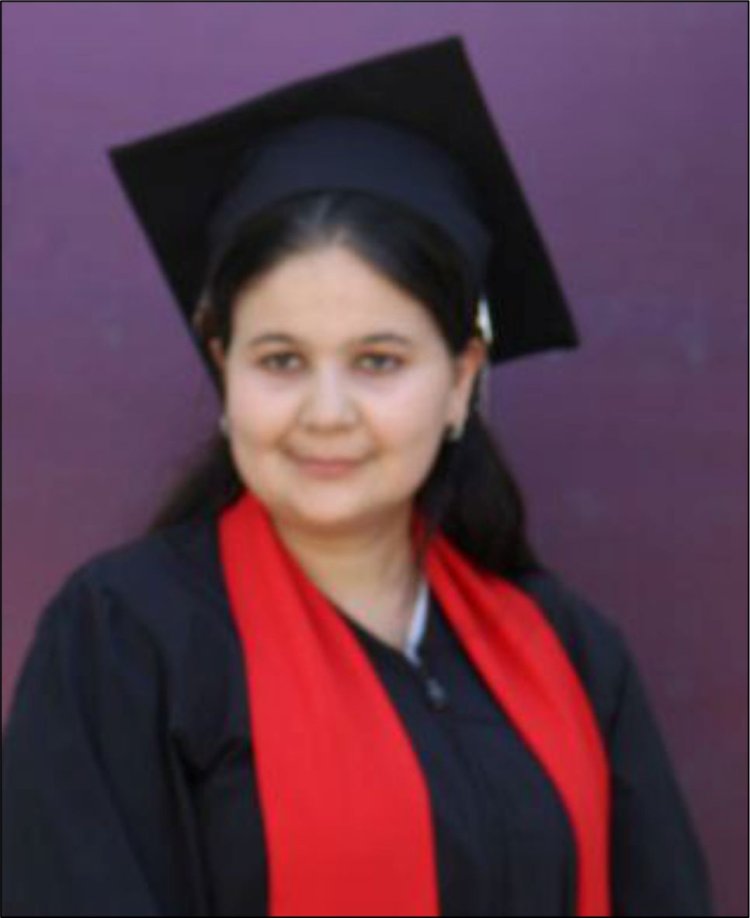
May the world be covered with flowers,
May every country be peaceful every moment, every moment,
May it rise in the world, hurrah Uzbekistan,
Let's be a wing of Uzbekistan.
The future of the country is in the hands of the youth.
Let feelings bloom in every young tongue,
On the path of ascension, on the path of peace,
Let's be a wing of Uzbekistan.
We are united today as a union,
Our hearts are filled with confidence and pride,
Being worthy successors to the ancestors,
Let's be a wing of Uzbekistan.
Who are we? We are lovers of this country,
Our great host children,
We are all more united today,
Let's be a wing of Uzbekistan.
June 30 is dedicated to Youth Day.
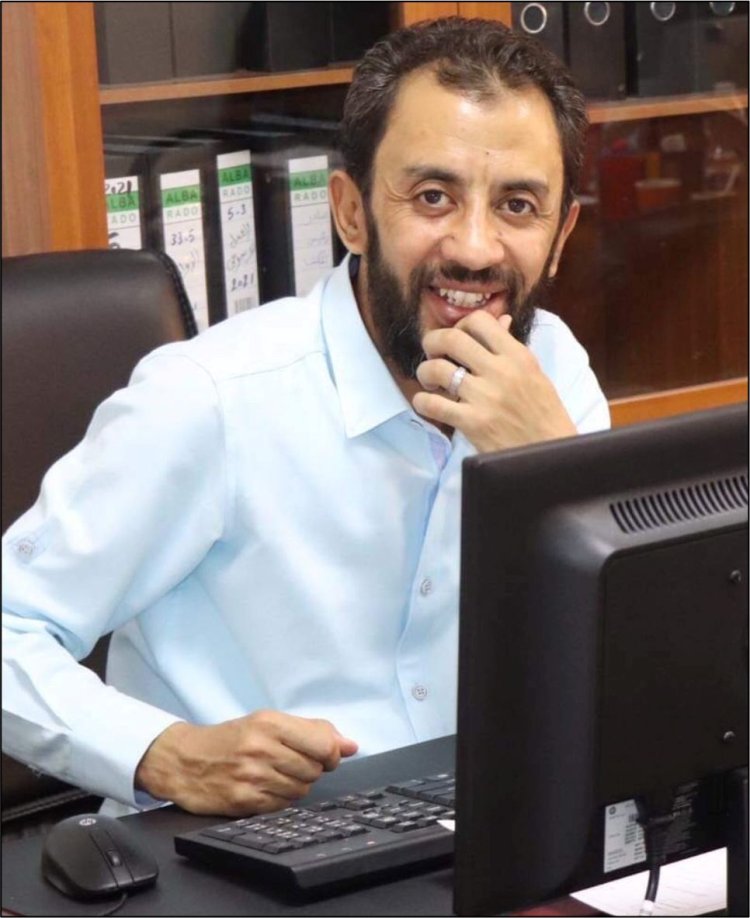
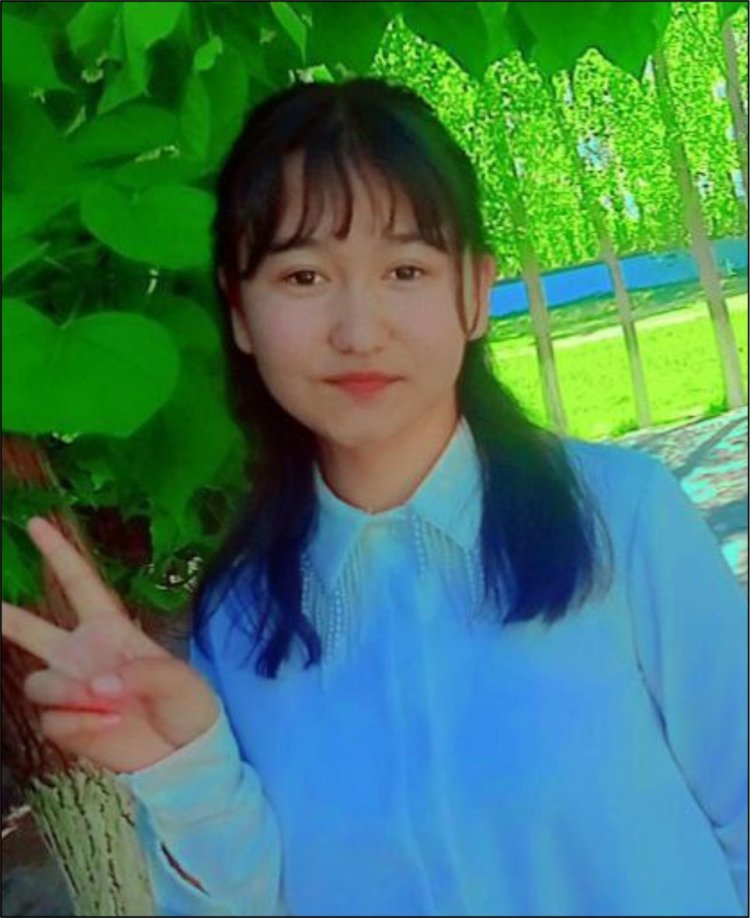
One cold winter night, a girl with a heart as pure as snow was born. Her parents called her Ice heart. Ice heart started school earlier than her peers. She was a bit shy and timid, which made it difficult for her to connect with classmates. After 6 years of school, she prepared for the entrance exam to a higher-level school. She studied for a month and took the exam. Two months later, she was overjoyed to be accepted. She immediately began attending classes but only stayed for two years. These types of schools were shut down and replaced with specialized schools under a new system. She continued her education at this new specialized school. This year marked a turning point in her life. Ice heart fell into deep despair, losing all motivation.
One day, a legendary teacher, who would play a crucial role in her life, entered her world. This teacher rescued Ice heart from her despair and changed her life for the better. Thankfully, she had the opportunity to learn from this legendary teacher. Now, Ice heart holds the keys to success and good fortune.
That Ice Heart was me.

Student of the 2nd year, Faculty of Social and Economic Sciences, Urgench State University, Social Work (Social Work with Families and Children) Department
Abstract: The family is a sacred place for a person and the social foundation of human society. The main purpose of family life is to ensure the continuity and inheritance between generations through the birth of children, as well as to secure the historical progress of humanity on Earth. This article discusses the approaches to studying family relations.
Keywords: family, relationships, East, people, society, child.
Thanks to the independence of Uzbekistan, our nation's ancient national customs and ceremonies began to revive, and these traditions play an important role in strengthening the family. The government of Uzbekistan regards family issues as a priority task that needs to be addressed at the state policy level. According to Article 63 of the Constitution of the Republic of Uzbekistan, the family is considered the fundamental unit of society and is entitled to protection by society and the state. Legal documents have also been adopted to protect motherhood and childhood, and practical measures have been taken. For example, the decree "On Measures for Social Protection of Low-Income Families" was issued on August 22, 1994, expanding the scope of material and moral support for needy families. In order to enhance the role and participation of families in the development of society, to improve the legal, social, economic, moral, and ethical interests and well-being of families, and to ensure continuous state support, the President of the Republic of Uzbekistan declared 1998 as the "Year of the Family." Based on this, a state program was developed to implement measures to ensure family interests. The Republican "Family" Scientific-Practical Center was established under the Women's Committee of the Republic of Uzbekistan. The Family Code of the Republic of Uzbekistan was adopted, focusing on the legal regulation of family life issues.
The family embodies the life and customs of the people and society. It preserves values and passes them on to future generations. By educating its children and instilling universal values in them, the family provides them with initial social orientation. By integrating its children into the broader flow of society, the family also influences the direction, economy, culture, and education of society. Therefore, in the East, the family has long been considered a sacred fortress. Specifically, the characteristics of Uzbek families, such as being large and extended, are still preserved today. In Uzbek families, the role of the elderly and parents is significant in shaping a certain lifestyle, accumulating life experience, maintaining a frugal and tidy household, and raising children to be well-mannered and morally mature. Uzbek families stand out for their stability, neatness, child-centeredness, respect for kinship ties, and other values.
The primary school for a child's formation is the complex of relationships between parents. Values such as mutual respect, kindness, honesty, purity, diligence, and humanity, manifested in the relationships between parents, create harmony in family relationships. This social process within the family shapes the younger generation's perceptions, viewpoints, understandings, worldview, and adherence to Eastern moral norms and practical guidance on how to follow them. The spiritual image of the younger generation, their behavior, and their character are first formed within the culture of family relationships.
Historical data show that the culture of family relations has been a well-developed social reality among Eastern peoples since ancient times. In ancient artifacts, sacred religious texts, the oral literary heritage of the Uzbek people, and the works of great Eastern thinkers, one can find valuable information about the moral norms, values, and human virtues that characterize family relationships among Eastern peoples, particularly the Uzbek people.
As our President I. A. Karimov emphasized, "In the East, the family has long been considered a sacred homeland. All human virtues such as honesty, truthfulness, honor, modesty, love, diligence, and others have first and foremost been formed within the family."
Indeed, in the works of great Eastern scholars and enlighteners such as Abu Nasr al-Farabi, Abu Rayhan al-Biruni, Abu Ali ibn Sina, Kaykovus, Yusuf Khass Hajib, Alisher Navoi, Husayn Vaiz Kashifi, Zahiriddin Muhammad Babur, Rizouddin ibn Fakhruddin, Ahmad Donish, Abdulla Avloni, Fitrat, and others, there are valuable thoughts about the family life of the peoples of Central Asia, including the Uzbek people. These works discuss the psychological characteristics of family relationships (especially between husband and wife), the duties and responsibilities of husbands and wives, the lifestyle of the family, the educational environment, and other related issues.
The issues related to the culture of interpersonal relations in family life have also been extensively covered in the works of great scholars Muhammad ibn Ismail al-Bukhari, At-Tirmidhi, and prominent representatives of Sufi philosophy such as Ahmad Yasawi, Baha-ud-Din Naqshband, and Najmuddin Kubra.
As we study the scientific and cultural heritage of Eastern thinkers, we see that the rules of family life, the culture of interpersonal relations within the family, the development of children, the relationship between men and women, and the formation of human virtues are closely connected to the oral literature, epics (such as Uzbek proverbs, tales, epics, legends, and stories), and the scientific and cultural heritage of the Eastern peoples, particularly the Uzbek people.
For instance, the oral literature and epics of the Uzbek people celebrate values such as bravery, honesty, humility, trust, loyalty in love, friendship, justice, diligence, consensus, neatness, beauty, harmony, faith, respect, protection of family honor and pride, love for one's homeland, the pursuit of goodness, and living a pure and honest life.
In ancient epics, women and men are portrayed as equals in social status, with women depicted as courageous as men. The qualities of marrying for love, fidelity in love, and family harmony have been preserved as characteristic traits of the peoples of Central Asia, particularly the Uzbek tribes and clans.
It is known that in our sacred religion, Islam, and its primary sources, the Qur'an and Hadiths, valuable information and Sharia laws on all aspects of family life and husband-wife relationships are explained. In Islam, special attention is paid to the formation of the future family. According to Sharia, the following rules must be observed when entering into a marriage: 1. Mutual consent of the spouses. 2. Reaching the age of marriage. 3. Establishing marriage in the presence of witnesses. 4. Paying the bride price and dowry. 5. Unity in religious beliefs. 6. The spouses must not be close relatives. 7. Equality in social status. 8. The spouses must be mentally healthy.
Only a marriage formed in accordance with these conditions is considered valid, providing the parties with the corresponding rights and obligations.
The Qur'an defines the roles of the husband and wife within the family. According to Sharia, the husband is primarily responsible for all financial and moral aspects of the family and is the person who protects the family from any external attacks. Because of these responsibilities and the qualities of gravity and entrepreneurialism in managing the household, which are considered virtues for a man, he is regarded as the head of the family. A good wife is a devout person who maintains the household and is loyal to her husband for life. Numerous exemplary examples of husband-wife or family relations can be found in the Qur'an.
Even in Zoroastrianism, the religion of our ancestors, the issue of marriage and family duties holds an important moral place. Polygamy is strictly forbidden in Zoroastrianism. At the same time, living a bachelor’s life is condemned. A girl who deliberately refuses to marry after reaching maturity, disregarding the opinion of her parents and community, was punished by being put in a sack and flogged 25 times. If a man followed the same path, he was branded and forced to wear a chain around his waist to mark his disgrace. According to the Avesta, a man must be materially and morally strong and healthy to get married. In addition, the sacred book contains noteworthy reflections on not rushing into marriage, listening to the advice of parents and elders, and the unique criteria for marriage and divorce.
The ethical norms of Zoroastrianism also give special attention to women's issues. Since the family is considered sacred in Zoroastrianism, divorce was not allowed for reasons such as slander, misunderstanding between husband and wife, or inability to get along with parents.
In general, both in Zoroastrianism and Islam, it is emphasized that both parties must be equal and compatible in marriage. According to marriage practices and life experiences, it was considered appropriate for the bride and groom to be equal in ancestry, social status, knowledge, taste, intellectualism, and material well-being. Therefore, special attention was paid to preparing young people for family life and finding suitable partners for them in Eastern societies. Especially in preparing girls for family life, it was emphasized that they should first and foremost have human virtues and that the sanctity of the family and its protection depend on the housewives. Valuable educational advice with significant importance is found in the wisdom and advice passed down from our ancestors.
References:
1. Karimov V.M. Formation of social perceptions about the family among Uzbek youth. Doctoral dissertation in psychology. Fergana, 1994.
2. Rizouddin ibn Fakhruddin, Family, T., 1991. Ochiya Bursev, Akmal Saidov.
3. Family Research Laboratory (Archived on Wayback Machine on 2011-11-26)
4. OʻzME. First volume. Tashkent, 2000.
5. https://uz.m.wikipedia.org/wiki/Oila
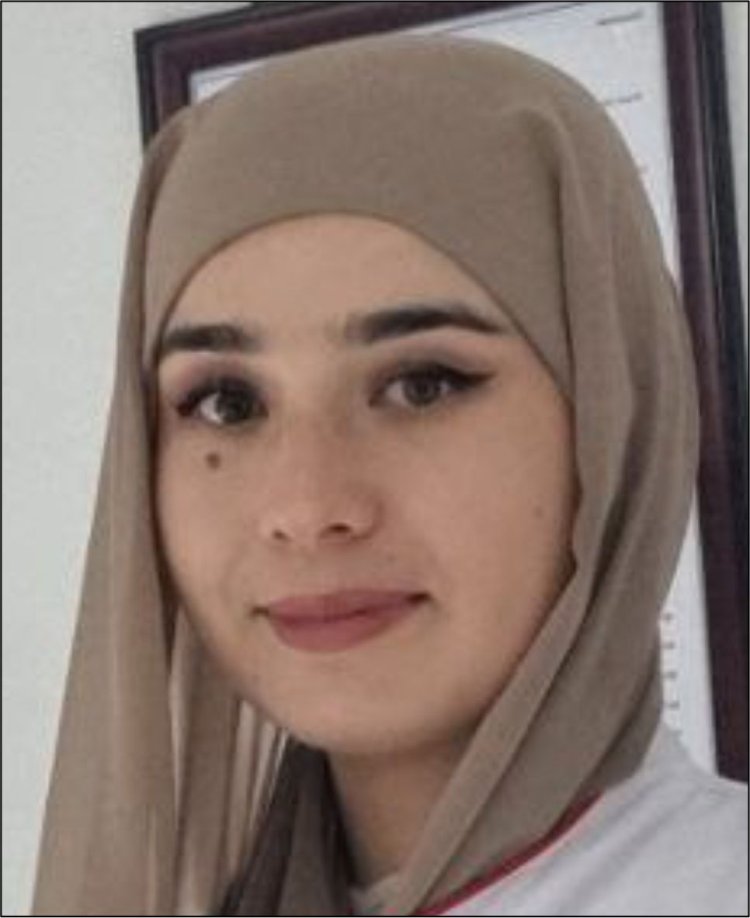
ANTIBIOTICS AND OTHER ANTIMICROBIAL
THE PROBLEM OF DRUG TOLERANCE
Faculty of Medicine treatment direction
Tursunboyeva Barnoxon Akmaljon qizi+998975660907 [email protected]
Key words: antimicrobial resistance, antibiotics, microorganisms, resistance, health, economy, new drugs, global cooperation, genetic changes.
Antibiotics (anti-antibiotics and bio-life) are substances produced by the life activity of some microorganisms (fungi, bacteria), animal tissues and some higher plants, and kill various microbes. organic substances that stop growth and development. The term antibiotics was proposed by the American scientist Z. Waxman in relation to substances that are formed in microbes and have an effect against other microbes. Antibiotics disrupt the metabolism of disease-causing (pathogenic) microbes, kill them or stop their growth. Antibiotics have different effects on different microbes. For example; while one antibiotic has a strong effect on a certain microbe, it has a weak effect on another microbe or does not affect it at all; Most antibiotics destroy not only microbes, but also human, animal and plant organisms (tissues and cells). Therefore, in medicine, veterinary medicine and plant science, only its types that kill harmful microbes, but do not destroy human, animal and plant organisms are used.
Causes of spread:
- Misuse and overuse: Misuse and overuse of antibiotics is one of the main causes of AMR.
- Veterinary and agricultural use: Excessive antibiotic administration to animals can lead to the development of AMR in humans.
- Spread through water and food chain: Resistant bacteria are also spread through water and food.
-Genetic Mutations: Increasing the resistance of microorganisms through genetic changes.
-Gene transfer between bacteria: Resistant bacteria transfer their genes to other bacteria.
Situation and statistics in Uzbekistan:
The growth of antimicrobial resistance is one of the serious problems in Uzbekistan. According to research conducted by the Ministry of Health of Uzbekistan, the wrong and excessive use of antibiotics is widespread. The following statistics show how serious a problem AMR is in Uzbekistan:
- The level of use of antibiotics: the level of use of antibiotics in Uzbekistan is higher than the regional average.
- Resistant bacteria: According to the results of clinical trials, resistance of some bacteria to antibiotics can reach 30% to 50%.
AMR control strategies:
1. Development of new drugs: The development of new antibiotics and antimicrobial drugs is an important factor in the fight against AMR.
2. Reasonable use: It is necessary to use antibiotics wisely and correctly.
3. Education and Outreach: Raise community awareness of AMR.
4. Global cooperation: International cooperation and research support.
CONCLUSION
Antimicrobial resistance is a serious threat to the global health system. Solving this problem requires the combined efforts of all fields, including health professionals, researchers, and the public. The development of new drugs and their rational use play an important role in the prevention of AMR. And global cooperation is key to the fight against AMR. In order to prevent the spread of AMR in Uzbekistan, it is necessary to introduce national monitoring systems and preventive measures.
References:
1.Ozbekiston Sogliqni Saqlash Vazirligi. (2021). Ozbekistonda antibiotiklar va boshqa antimikrobik preparatlarga qarshilik boyicha milliy hisobot. Available at: https://www.minzdrav.uz (Note: You would replace this with the actual URL to the specific report if it exists)
3.World Health Organization (WHO). (2014). Antimicrobial Resistance.

In the morning’s gentle light,
When dew-kissed leaves shine bright,
The earth awakens, soft and slow,
In nature’s breath, life begins to flow.
Mountains stand, ancient and wise,
Guardians of the endless skies.
Rivers weave their silver trails,
Singing songs of timeless tales.
The forest hums a quiet tune,
Underneath the watchful moon.
Each leaf, each branch, a secret keeps,
In shadows where the wild wind sweeps.
Fields of gold, where flowers sway,
Dance to the rhythm of the day.
Sunsets paint the heavens wide,
In hues where dreams and hopes reside.
Oceans vast, with depths untold,
Hold mysteries in their fold.
Waves that crash with mighty force,
Yet whisper love in their true course.
From deserts dry to icy poles,
Nature speaks to silent souls.
In every breeze, in every storm,
Life takes shape, a sacred form.
Beneath the stars, so pure, so far,
We find in nature who we are.
A tender hand, a guiding light,
In her embrace, all feels right.



 Moderator
Moderator 